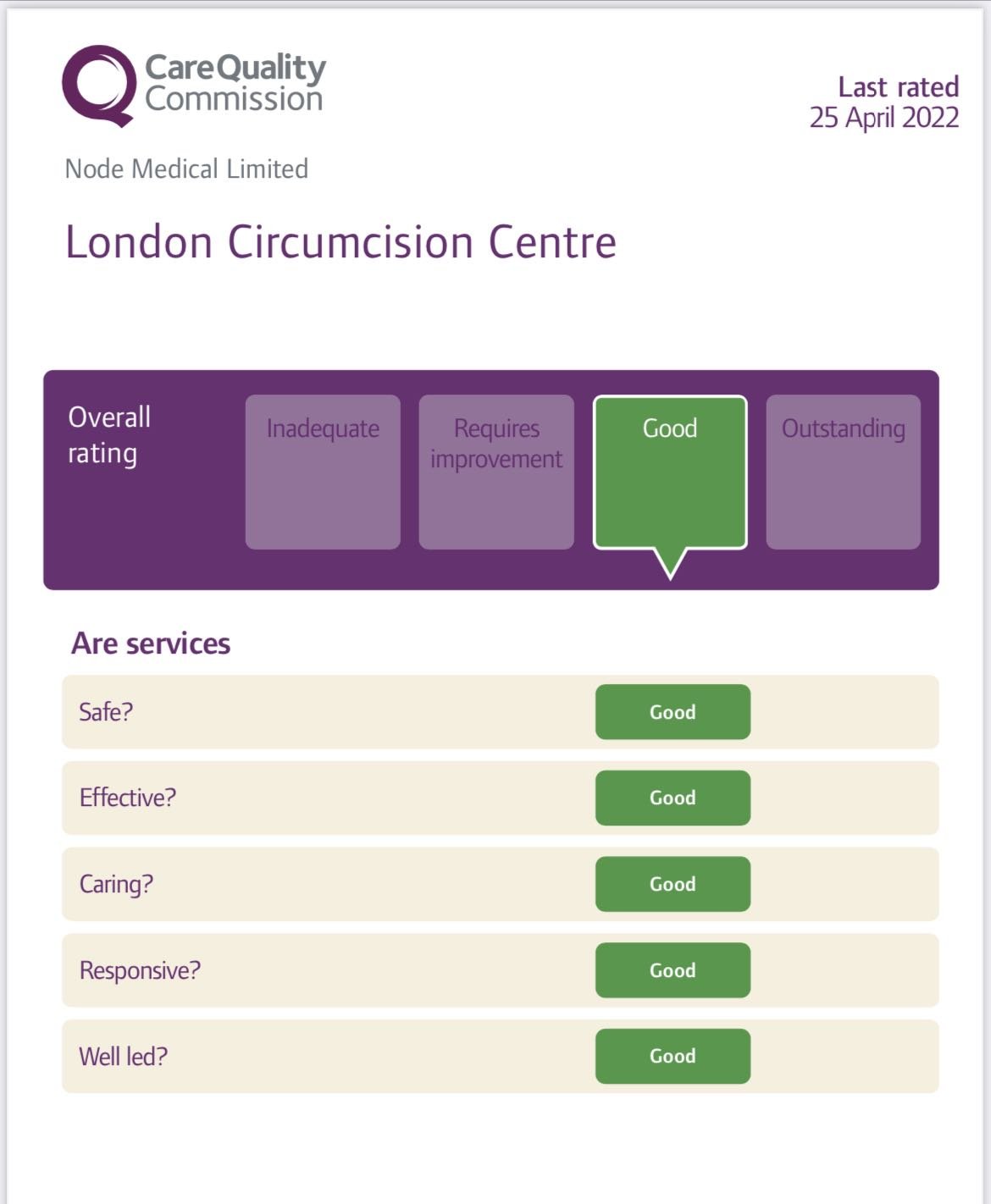The Association Between Phimosis and Balanitis Xerotica Obliterans (BXO)
Phimosis, a condition characterised by the tightening of the foreskin, leading to difficulty in retracting it over the head of the penis, can appear at birth (congenital) or later in adult life (acquired). This blog also discussed the correlation between acquired tight foreskin and balanitis xerotica obliterans (BXO), also known as lichen sclerosus et atrophicus, a chronic inflammatory condition primarily affecting the genital area.
Correlation Analysis of Phimosis and BXO: Notably, the association between acquired phimosis and BXO is more pronounced than congenital phimosis. BXO is identified as the primary causative factor for acquired phimosis in both adults and children. The inflammatory nature of BXO triggers scarring and constriction of the foreskin, consequently resulting in diseased and acquired phimosis. While the relationship between congenital phimosis and BXO is less explicit, BXO can also be present in cases of congenital phimosis.
Significance and Treatment Modalities: The heightened risk of BXO linked to acquired phimosis underscores the critical importance of timely diagnosis and effective management. Early intervention for BXO is paramount in averting complications such as extensive scarring and urethral stricture.
Treatment approaches vary based on severity and aetiology. In milder instances of acquired phimosis, topical corticosteroids and non-surgical interventions may be required. Surgical intervention, particularly circumcision, may be warranted in severe cases of phimosis or BXO, particularly when they pose significant discomfort, impede hygiene, or disrupt sexual function.
Recent Study on BXO and Phimosis: A contemporary study sought to enhance our understanding of the correlation between BXO and phimosis. Histological analysis of tissue samples from 120 subjects who underwent circumcision for phimosis was conducted. Findings revealed a substantial presence of BXO, with 45.1% of subjects with congenital phimosis and 62.3% with acquired phimosis manifesting BXO. This data strongly indicates a robust association between BXO and acquired phimosis.
Key message: The study distinctly underscores a robust correlation between BXO and acquired phimosis. Notably, the type of phimosis (congenital or acquired) emerged as the pivotal factor linked to BXO development in this investigation. Nevertheless, further research is warranted to validate and fortify these observations.
Consultation with our Urological Specialist: Individuals faced with challenges retracting the foreskin are advised to seek consultation with our consultant urologists for precise diagnosis and tailored treatment options.
Note: This blog is intended solely to serve an informative function and should not be taken as medical professional advice. For specific concerns, it is imperative to use the expertise of our consultant urologists.





